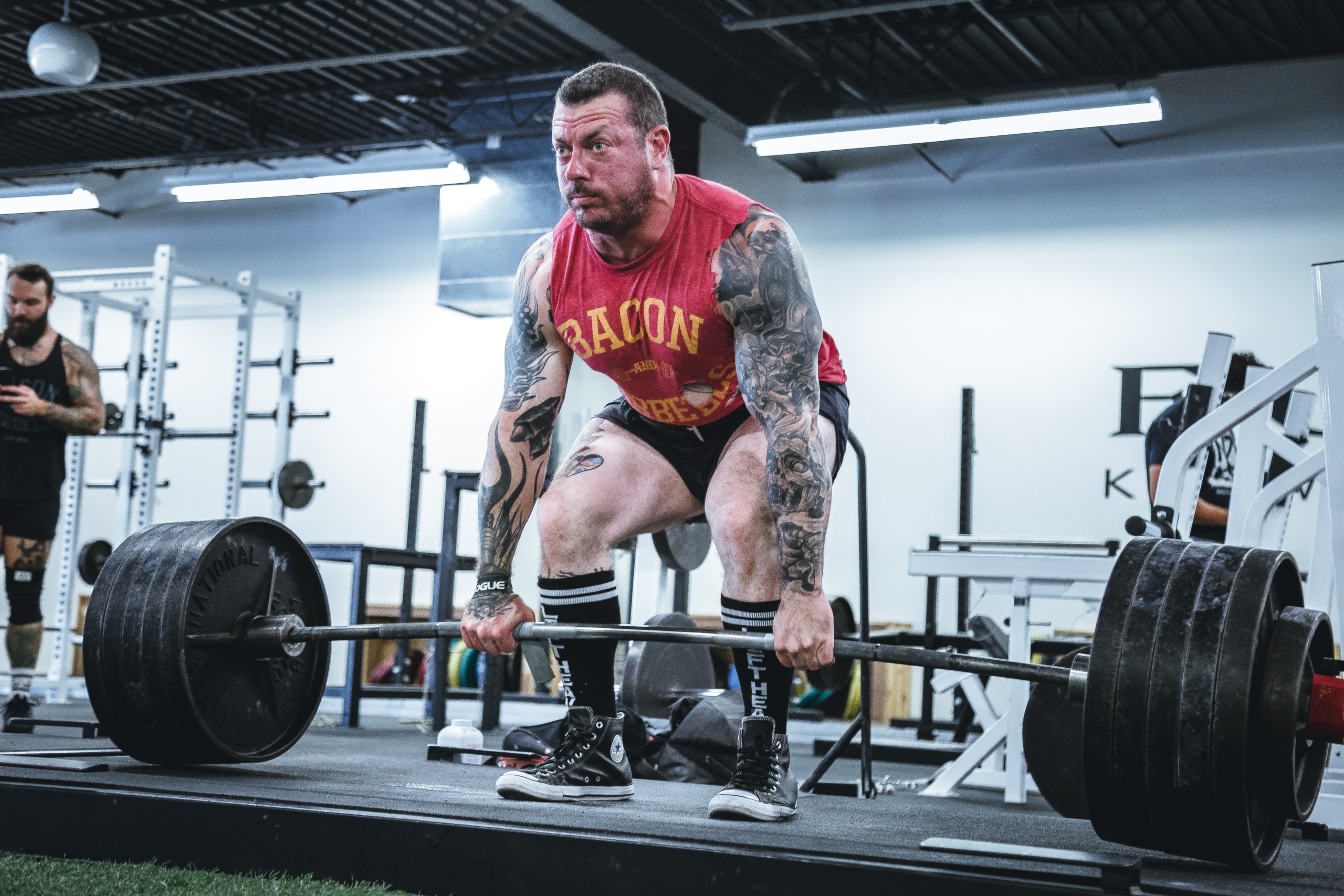How much weight can you lift? How much can you safely lift without hurting yourself? As EMTs and paramedics, we are expected to lift an enormous amount of weight several times a day. Now days, most of us have a Stryker gurney… the normal size, power Stryker gurneyweighs about 125 pounds, and the manual one weighs 89 pounds (Stryker, 2023). Obviously, the bariatric gurney are larger, so they weigh more. The old Ferno stretchers weighed about 74 pounds.
The gurney, in itself, is a lot of weight for you to have to lift, to get it into and out of the ambulance. But what about your patients? According to the CDC the average adult male in America weighs about 200 pounds, but we all know, most of our patients weigh more than that. As of 2023, at least 40 percent of the adult population is obese. (CDC, 2023). This means that it is not unusual to be called to a patient who weighs in excess of 300, 500, or even 800 pounds or more. Add the patient weight, plus the weight of your gurney… can you safely lift that? Thismight be too much for you to safely handle.
“According to the United States Bureau of Labor Statistics (BLS) work-related musculoskeletal disorders (MSDs) account for one-third of the reported causes of lost/restricted work time. Treating these work-related injuries as “just part of the job” for EMTs can have serious physical consequences for your team and those they care for. This JEMS article notes that 62% of pre-hospital provider back injuries alone are due to lifting and carrying patients.” (Graham Medical, 2020).
I’m sure you, or someone you know, have had an injury related to lifting a patient, so how can we prevent this from happening? Recognizing your own limitations and utilizing proper lifting mechanics are the best way to mitigate these injuries. If you have to lift someone, ask yourself first, can I physically lift this amount of weight without possibly hurting myself, my partner, or my patient. If the answer is no, then ask for help. Call the fire department for a lift assist, get the patient’s family to help you, ask the hospital techs, nurses, or doctors to help you. You do not have to carry the burden of lifting and carrying people all yourself.
Once you decide it is time to lift someone, whether they are already on your stretcher or not, you need to use proper lifting mechanics:
With battery powered and power load stretchers becoming more and more common, we are able to lift heavier patients, but sometimes we cannot rely on technology, and we still need to get hands on, so we need lift without hurting yourself. And remember, there is no shame in asking someone for help with lift assistance, just to ensure that everyone walks away from uninjured.
References
CDC. (2023). CDC-RFA-DP-23-0013: The High Obesity Program (HOP 2023). CDC: Centers for Disease Control. https://www.cdc.gov/nccdphp/dnpao/state-local-programs/fundingopp/2023/hop.html#:~:text=Poor%20diet%20and%20low%20levels,in%20annual%20health%20care%20costs.
Graham Medical. (April 23, 2020). How EMS Professionals Can Avoid Injury With Correct Lifting Techniques. Graham Medical. https://blog.grahammedical.com/blog/how-ems-professionals-can-avoid-injury-with-correct-lifting-techniques
Stryker. (2023). Performance-PROXT manual ambulance cot. Stryker. https://www.stryker.com/content/dam/stryker/ems/products/performance-proxt/resources/Performance-PRO%20Brochure.pdf

